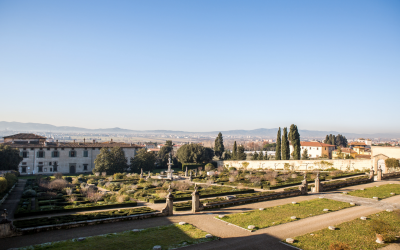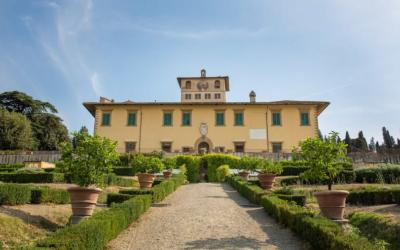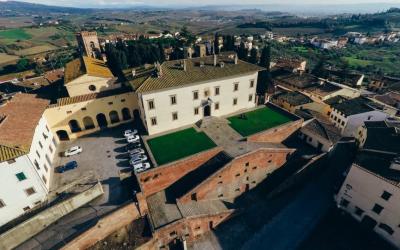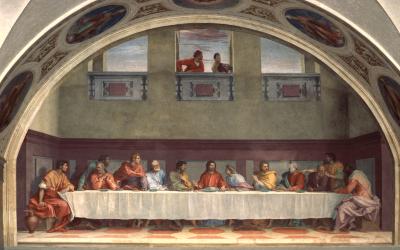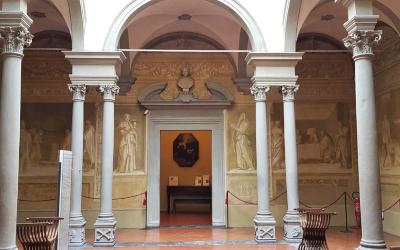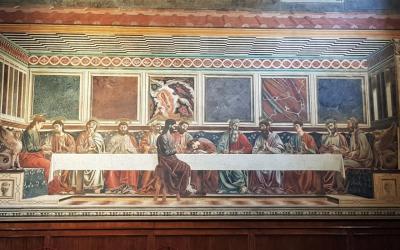The Medici Villa in Castello, one of the oldest suburban residences of the Medici family (1477), was the favourite of Cosimo I, who transformed it into a symbol of his power. The monumental garden, designed in 1538 by Niccolò Tribolo, is considered the prototype of the 16th-century Italian garden, conceived as an allegory of the dominion and harmony brought about by the Medici government.
Among the most significant elements are the Fountain of Hercules and Antaeus, the work of Tribolo and Pierino da Vinci, crowned by Bartolomeo Ammannati's bronze group now preserved at the Villa della Petraia, and the Grotto of the Animals or of the Flood, one of the most famous in Europe. Designed by Tribolo and originally animated by water features, it reproduces a natural cave populated by animals carved in polychrome marble, symbolising the regenerative power of nature and the ordering power of the prince. The complex is completed by Ammannati's Appennine basin.
-
Opening days
Tuesday to Sunday
-
Opening times
November to February
- Tuesday - Sunday: 8:30 a.m. - 4:30 p.m. (last admission at 4:00 p.m.)
April to September
- Tuesday - Sunday: 8:30 a.m. - 6:30 p.m. (last admission at 6:00 p.m.)
October and March
- Tuesday - Sunday: 8:30 a.m. - 5:30 p.m. (last admission at 5:00 p.m.)
-
Closing
-
Mondays
-
December 25th
-
- Web Garden of the Medici Villa of Castello
-
Accessibility
Please be aware that while the paths through the garden are usable, they can be challenging to navigate.
The garden houses an extraordinary collection of historic citrus trees, unique in the world, and a refined medicinal herb garden with the Stufa dei Mugherini, which is home to the rare Goa jasmine. Since 2013, the complex has been a UNESCO World Heritage Site. The Villa now houses the Accademia della Crusca.
Where
via di Castello, 44 - 50141 Firenze (FI)

